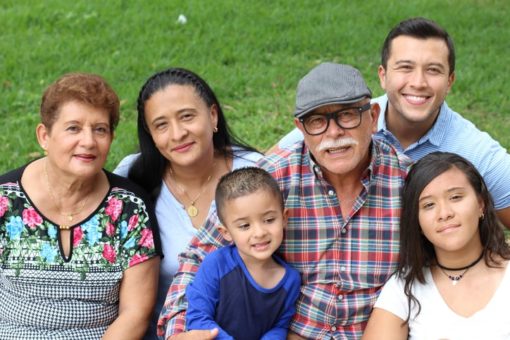 The indigenous population in the United States is considered at risk as many of them live in poverty, are uneducated, have an increased risk for violence, and are often tormented with substance abuse and mental health disorders. Additionally, many of the indigenous people have had their land and resources taken away from them. Problems with substance use disorder in the indigenous community is its association with violence, social issues, economic despair, and widespread health problems.
The indigenous population in the United States is considered at risk as many of them live in poverty, are uneducated, have an increased risk for violence, and are often tormented with substance abuse and mental health disorders. Additionally, many of the indigenous people have had their land and resources taken away from them. Problems with substance use disorder in the indigenous community is its association with violence, social issues, economic despair, and widespread health problems.
Alcohol Use Disorder among Native Americans
American Indians tend to suffer from alcohol use disorder, 14.9%, more than other racial demographics, and suffer from more mental health concerns than the general American population. This population is also at a higher risk for mental health disorders and suicide risk compared to the national average. Native Americans have had a long and troubled history with alcohol and substance use disorder, but individuals living on reservations have been more severely affected than the rest of this group. The social isolation, poverty, and lack of healthcare services that plague the country’s reservations have contributed to higher than average levels of alcoholism, drug addiction, and alcohol-related crime in these areas. At the same time, American Indians still struggle against the negative cultural stereotypes and racial discrimination that have affected the tribes for hundreds of years.
In addition to economic and educational concerns, acculturation struggles may have a strong influence on Native Americans. The loss of culture or the simultaneous integration with a larger European-influenced culture can be a struggle for modern-day indigenous individuals and their families. Additionally, many Native Americans report a sense of ambivalence around alcohol, often viewing it as a social mechanism that increases bonding. On the other hand, some also believe that they are essentially prone to abusing alcohol or illicit substances because of their genetics. In this sense, they view their culture as “dooming” them to addiction. Alcoholism has also plagued this community’s youth, and studies show that Native American 8th-10th graders have a much higher prevalence of alcohol use compared to their non-indigenous counterparts. Alcoholism among the Native American population has lead to an increase in incarceration for alcohol-related violent and non-violent crimes. Unfortunately, the stigma associated with alcohol treatment is extremely high in this population and is, therefore, shunned upon, resulting in many individuals succumbing to this disease within time.
Opioid Use Disorder among Native Americans
During the years 2013-2015, the rate of fatal opioid overdoses was nearly three times higher among American Indian, and Alaska Natives compared to whites, according to new research. The study found steep increases in opioid overdose death rates among Native Americans. Young males ages 25-54 were hit hardest. Young Native American men had more than double the odds of dying of an opioid overdose than their similarly aged white peers, the study showed.
Seeking help for this at-risk population
The enormous stigma associated with substance use disorder in the Native American community is one of the biggest hurdles to treatment. Substance use disorder in the indigenous community has been ongoing for generation and generations that this population views it as normal behavior; regardless of the consequences, many have endured from this abuse. There are now a plethora of federally funded programs to help rehabilitate this at-risk population and to educate the youth on the dangers of substance use disorder. The Indian Health Service, SAMHSA’s Native American Indian Tribal Affairs program, The American Indian Native Task Force, and many other organizations are stepping into these communities to healing and treatment for indigenous populations. Substance use disorder and mental illness are culturally sensitive topics with studies showing that therapists who are socially sensitive, aware, and empowered are more likely to provide better treatment results to their clients. Additionally, therapists who come from similar ethnic and cultural backgrounds as their clients are also able to relate better when it comes to stigma and minorities.
